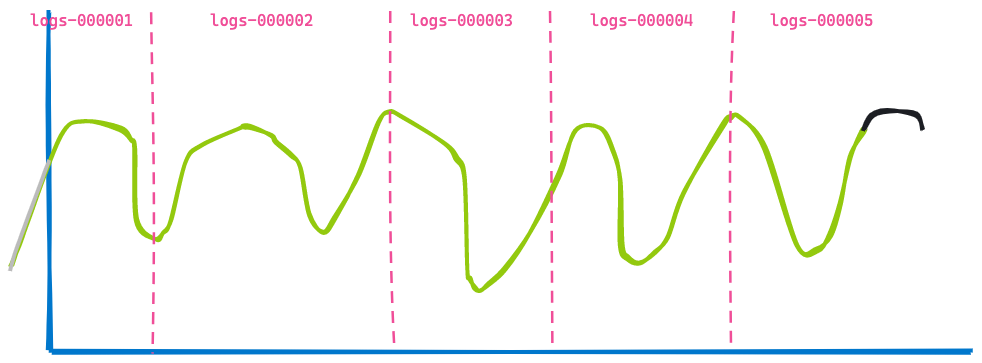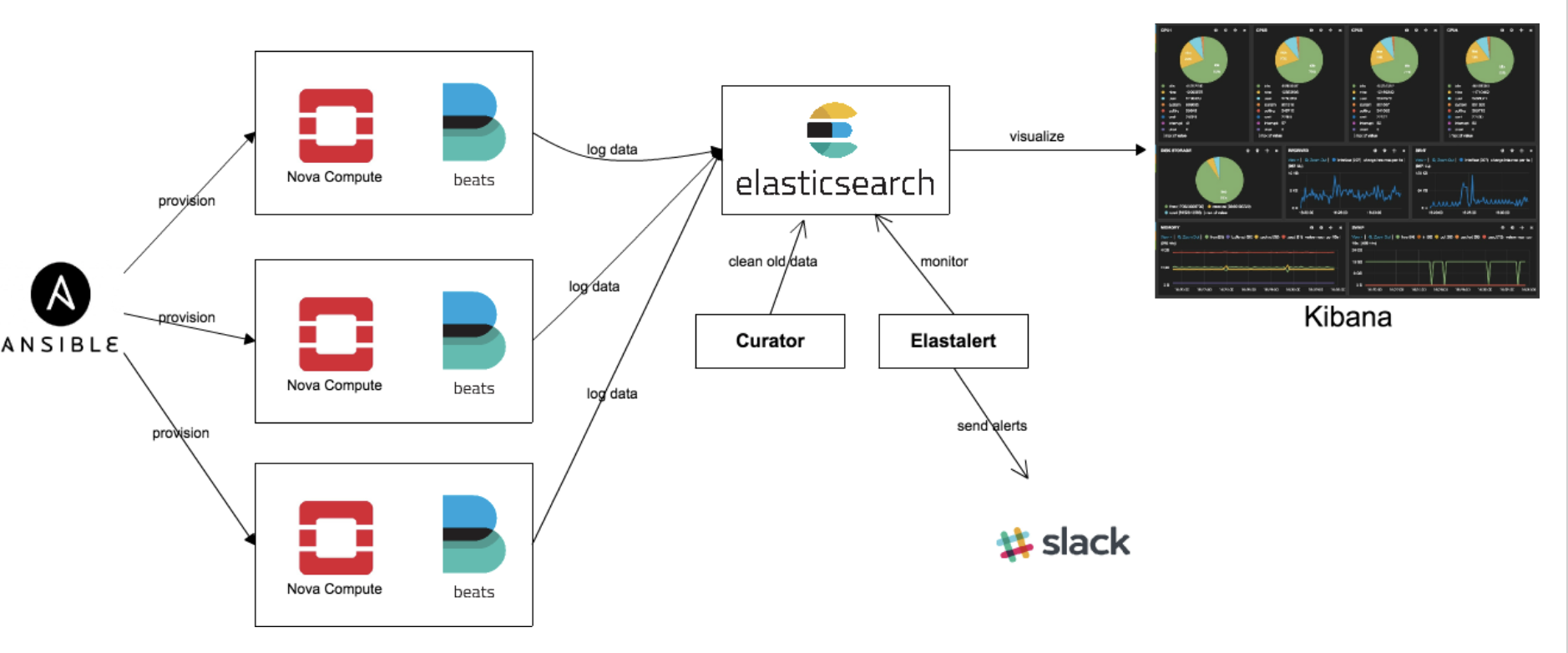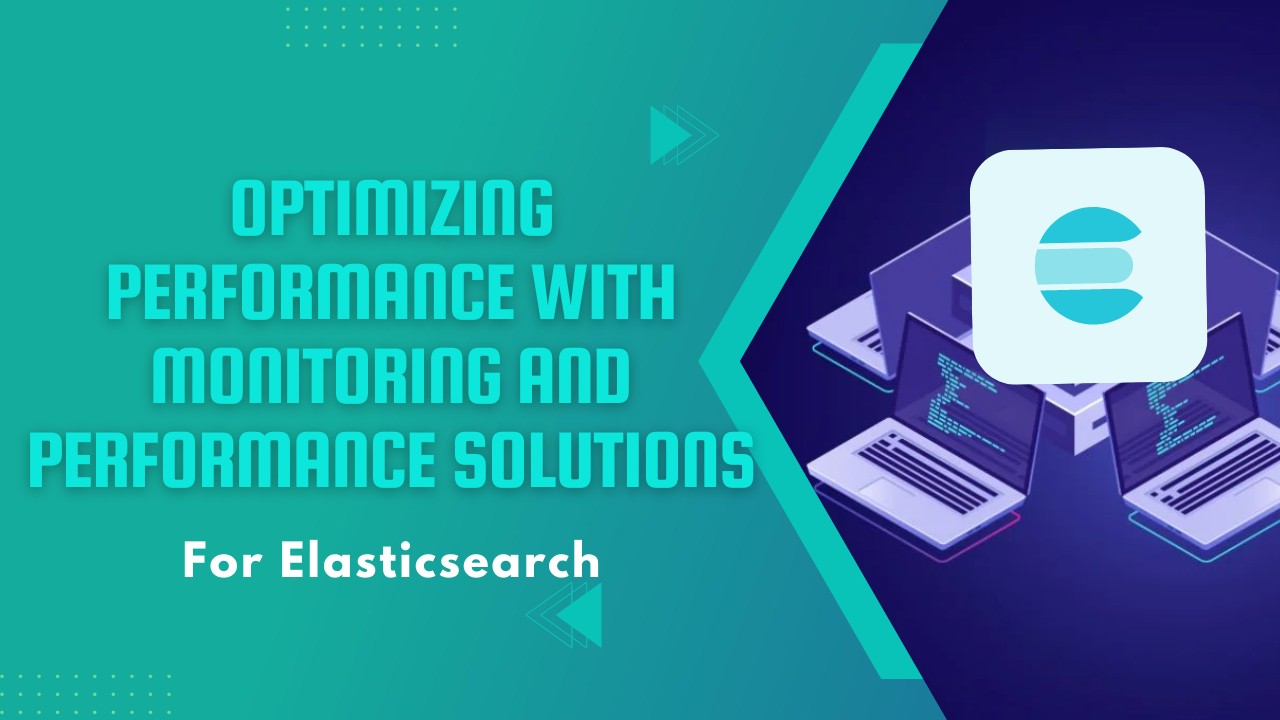In today’s data-driven world, Elasticsearch plays a vital role in efficiently managing and querying vast amounts of data. To make the most of Elasticsearch’s capabilities, it’s crucial to optimize its performance and ensure that it operates seamlessly.
This article delves into the world of optimizing performance with monitoring and performance solutions for Elasticsearch. Whether you’re a seasoned developer or a curious enthusiast, you’ll gain insights into enhancing Elasticsearch’s efficiency and maximizing its potential.
Optimizing Performance with Monitoring and Performance Solutions for Elasticsearch
When it comes to optimizing Elasticsearch’s performance, a multifaceted approach is essential. By combining various strategies and leveraging performance monitoring tools, you can achieve exceptional results.
Let’s explore some key aspects of optimizing Elasticsearch performance:
Leveraging Efficient Indexing Techniques
Efficient indexing is at the heart of Elasticsearch’s performance. Utilize LSI keywords in your indexing process to ensure that your data is structured effectively. By creating smaller, focused indexes and using the “shard per index” principle, you can distribute data evenly and improve search speeds. This technique also prevents overloading individual nodes, leading to a more balanced performance.
Employing Caching Mechanisms
Caching frequently queried data can significantly boost Elasticsearch’s response times. Implement caching mechanisms like the Elasticsearch “filter_cache” and “query_cache” to store and retrieve data efficiently. This not only reduces the need for repeated computations but also enhances the user experience by delivering faster results.

Utilizing Load Balancing
Distributing incoming search requests evenly across multiple nodes is a powerful strategy to optimize Elasticsearch’s performance. Employ load balancing techniques to prevent any single node from becoming a bottleneck. This can be achieved through hardware load balancers or software solutions like HAProxy, ensuring that your system maintains high availability and responsiveness.
Applying Query Optimization
Crafting well-optimized queries is essential for efficient Elasticsearch performance. Utilize query DSL to design queries that target specific fields and avoid unnecessary computations. Incorporate filters to narrow down results before executing complex queries, reducing the load on your system and improving query response times.
Monitoring with ELK Stack
The ELK (Elasticsearch, Logstash, Kibana) stack provides robust monitoring capabilities to keep a close watch on your Elasticsearch cluster’s health and performance. Monitor key metrics such as node resource usage, query latency, and indexing rates using Kibana dashboards. Proactively identifying and addressing performance bottlenecks ensures smooth operations.

Scaling Horizontally
As your data volume grows, so should your Elasticsearch cluster. Horizontal scaling involves adding more nodes to the cluster to distribute the load effectively. This not only enhances performance but also provides redundancy, minimizing the risk of data loss. Elasticsearch’s dynamic clustering architecture simplifies the scaling process.
Implementing Performance Solutions
Several performance solutions are available to augment Elasticsearch’s capabilities. Elasticsearch offers official plugins like the “Elasticsearch Performance Analyzer” that provides detailed insights into cluster performance. Additionally, third-party solutions like “Sematext” and “ElasticHQ” offer advanced monitoring and optimization features.
Analyzing and Fine-Tuning
Regularly analyze performance metrics to identify areas that require improvement. Utilize Elasticsearch’s built-in profiling tools to pinpoint slow queries and resource-intensive operations. Fine-tune your cluster settings, query structures, and index configurations based on these insights to achieve optimal performance.
Need help on maintaining Azure Security Center Secure Score of Clients?
Our experts can help you on all kinds of works on Azure Security Center.
Conclusion
Optimizing Elasticsearch performance requires a comprehensive approach that encompasses efficient indexing, caching, load balancing, query optimization, monitoring, and scaling.
By adopting advanced techniques and leveraging performance solutions, you can unlock Elasticsearch’s full potential and provide users with a seamless and responsive experience. Regular monitoring and fine-tuning ensure that your Elasticsearch cluster operates at its best, handling data efficiently and effectively.








